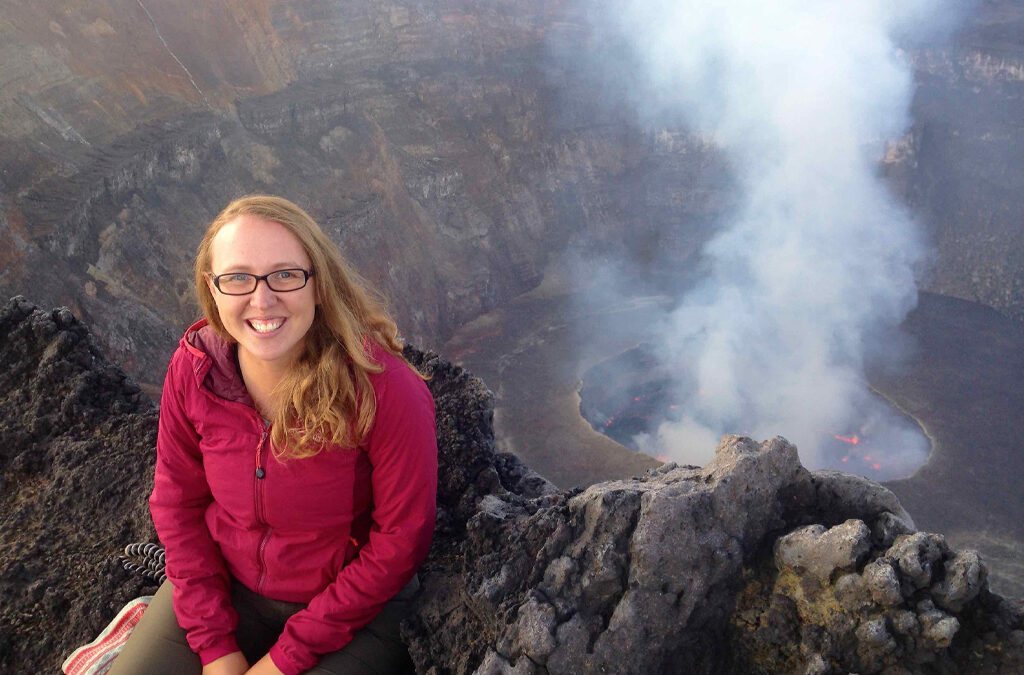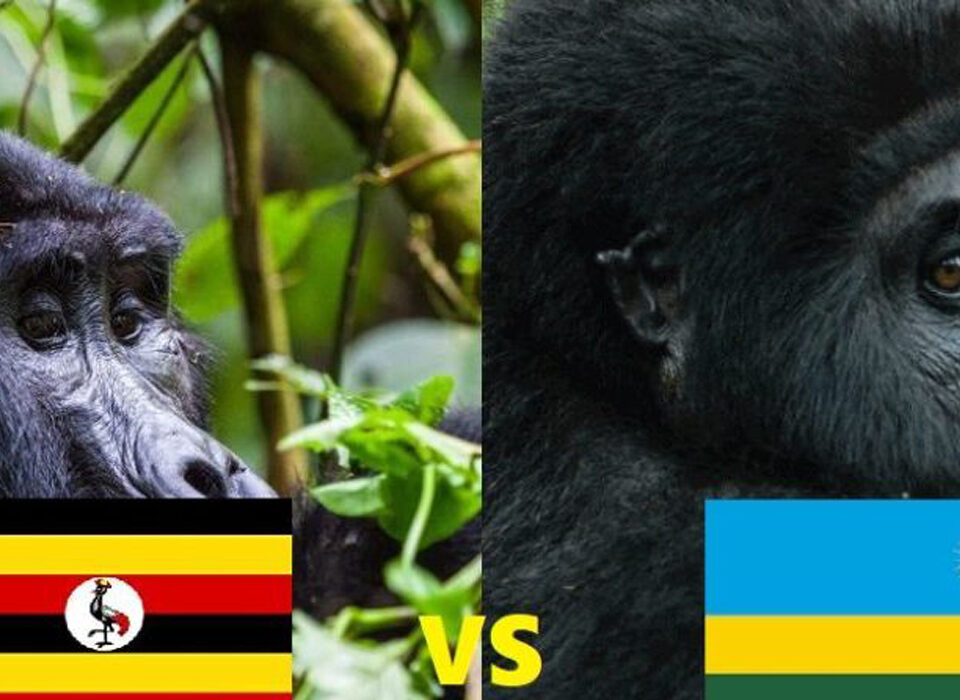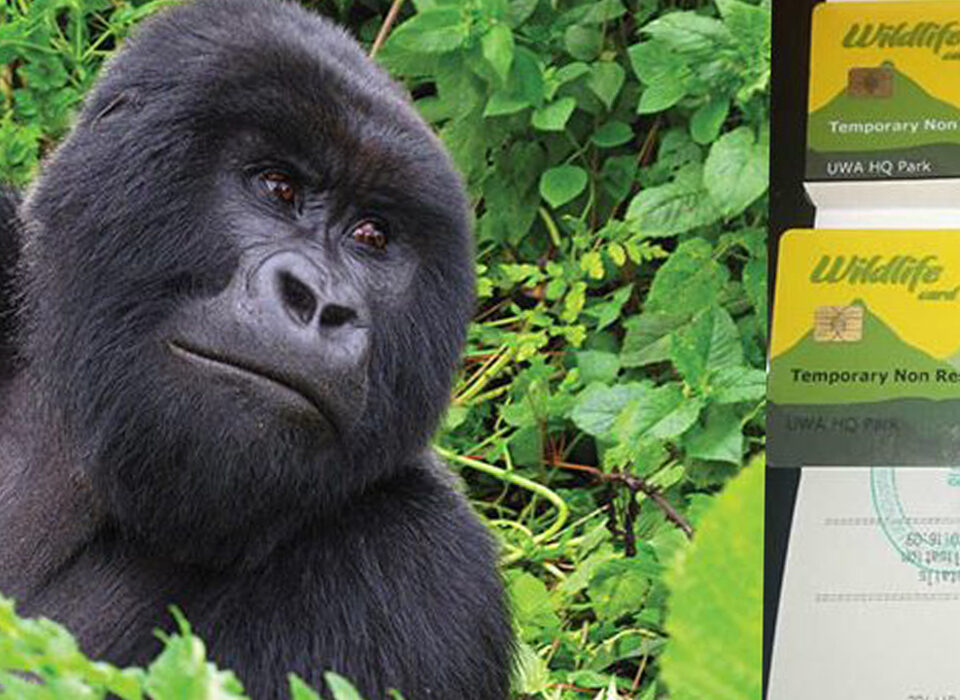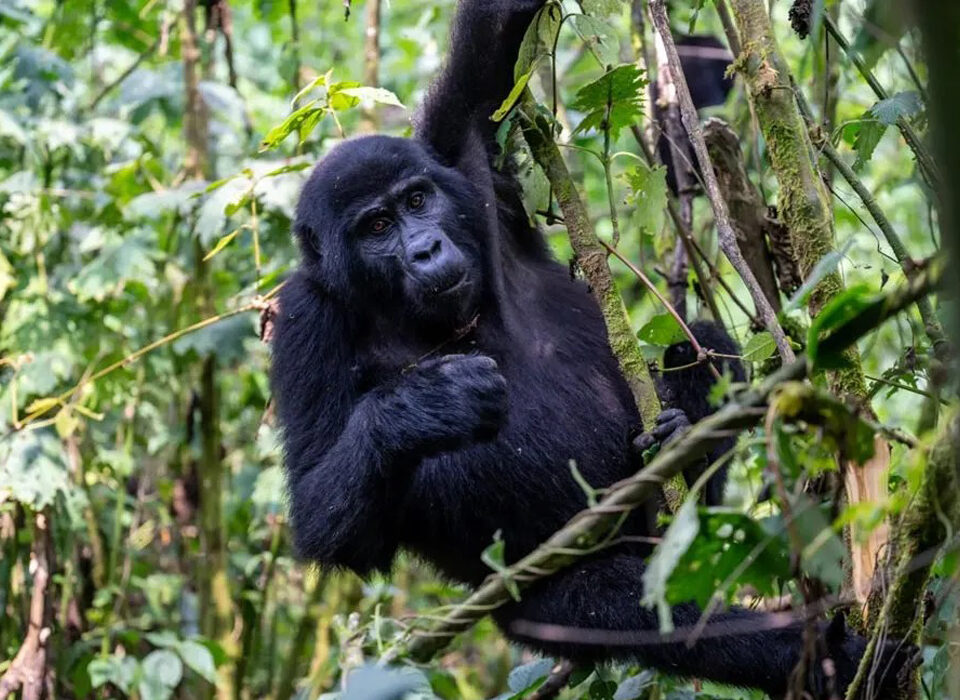- GET IN TOUCH WITH US:
- +256 753518160
- +256 777842166
- info@experiyatourcompany.com

Facts About Ngamba Island Chimpanzee Sanctuary
September 30, 2025
Gorilla Trekking During the Rainy Season?
September 30, 2025Mount Nyiragongo Volcano Hiking

Mount Nyiragongo, one of the eight majestic volcanoes in the Virunga Conservation Area, is among the most remarkable tourist destinations in the Democratic Republic of Congo. Located in the eastern part of the country and overlooking the iconic Virunga National Park, the volcano rises to an impressive 3,470 meters above sea level. Alongside Mount Karisimbi, Bisoke, Muhabura, Sabyinyo, Mikeno, Gahinga, and Nyamuragira, Nyiragongo forms part of this breathtaking volcanic chain.
What makes this mountain truly extraordinary is its massive lava lake—the largest active one in the world. Trekking up Nyiragongo takes about five to six hours and rewards hikers with a sight so unique that it has been described as a once-in-a-lifetime experience. Since Virunga National Park opened guided climbing expeditions in 2014, thousands of adventure seekers have been drawn to this fiery wonder. Many travelers also combine the hike with gorilla trekking for a more complete Central African adventure.
How to Get to Mount Nyiragongo
Travelers usually access Mount Nyiragongo from Gisenyi town in Rwanda, as it offers the safest and most reliable route. From Gisenyi, the journey to the Rwandan–Congo border at Goma takes about 20 kilometers. As you arrive in Goma, you cannot miss the sight of the vast blackened rocks—remnants of the 2002 eruption, when molten lava swept through the town at unimaginable speed.
From Goma, visitors are transferred to Kibati village, the official trailhead. Before the hike begins, park rangers conduct a detailed orientation. This briefing highlights what to expect on the trail, essential safety measures, and guidelines for group movement. With this preparation, hikers are ready to face the challenges and rewards that lie ahead.
The Climb up Mount Nyiragongo
Climbing Mount Nyiragongo is both thrilling and demanding. The rugged terrain and steep slopes require stamina and preparation. For those carrying heavy loads, porters are available at the Kibati Ranger post. These experienced men and women can be hired for a fee and play an important role in making the trek more manageable.
The hike is divided into five distinct sections. The first section passes through low-altitude forest, where many unprepared hikers often find themselves struggling. The trail then gradually steepens, leading into a second zone of loose volcanic rocks that test balance and endurance. Proper hiking boots are essential here.
As the trek continues into the third section, the terrain grows more challenging with slippery stones and unstable pebbles. The fourth stage brings hikers to higher altitudes, where the air is colder, the rain more frequent, and the slopes steeper. At this point, warm clothing and rain gear become indispensable. Finally, the fifth and last stretch is short but extremely steep. Yet the sight of summit cabins provides renewed strength, encouraging even the most exhausted trekkers to push forward.
Overnight at the Summit
At the top of Nyiragongo, hikers find a row of summit huts, each fitted with mattresses and pillows. Spending the night here is an unforgettable experience. From the cabins, you can smell the sulfur rising from the churning lava lake and hear its constant rumble. The sight of the glowing molten rock at night is surreal, painting the sky in fiery shades of red and orange.
Despite the breathtaking views, the summit is extremely cold and windy. Packing warm clothes, gloves, hats, and thick socks is essential. Rangers and porters assist with hot drinks, preparing tea or coffee to keep hikers warm. Meals, water, and sleeping bags are included in the trekking package, ensuring a comfortable rest after the demanding climb.
Descending Mount Nyiragongo
After a night at the summit, the descent begins early in the morning. Unlike the climb, it usually takes just about three hours to return to the base. However, the descent is not without challenges. Steep slopes, loose rocks, and sharp stones make it essential to move carefully to avoid injury. The reward is a panoramic view of the Virunga National Park stretching far into the horizon, with glimpses of Lake Kivu and even the distant Rwenzori Mountains.
Permits, Visa, and Entry Requirements
To hike Mount Nyiragongo, every visitor must purchase a permit, which costs $300 per person. These permits are non-refundable and must be secured before applying for a Congo tourist visa. The single-entry visa costs $105 and is valid for 14 days from the date of entry.
When crossing into Congo from Rwanda, travelers must also present a valid passport and a yellow fever vaccination card. Arranging accommodation, transportation, and porters in advance makes the journey smoother and more enjoyable.
Packing for the Nyiragongo Hike
Success on Mount Nyiragongo depends greatly on preparation. Essential items include a lightweight rain jacket for sudden downpours and sturdy hiking boots with good grip. Warm clothing is crucial, as temperatures drop significantly at the summit. A good sleeping bag, hat, gloves, and layers of thick clothing ensure comfort during the cold night.
Carrying enough water and packed food is also important, as the climb can be exhausting. Hiring a porter is highly recommended, especially for heavy luggage. At just around $15 per day, they not only carry bags but also guide hikers across tricky sections of the trail.
Other useful items include a hat and sunscreen for protection in hot weather, binoculars for distant views, and a good camera to capture the spectacle of the lava lake. A head torch is necessary at the summit, where electricity is limited to solar power. A portable charger also ensures your devices remain powered throughout the trip.
Combining with Gorilla Trekking
For those who wish to extend their adventure, hiking Mount Nyiragongo pairs perfectly with gorilla trekking in the Virunga forests. Together, these two experiences create one of the most thrilling wildlife and adventure packages in Africa—a blend of fiery mountains and encounters with gentle giants.



